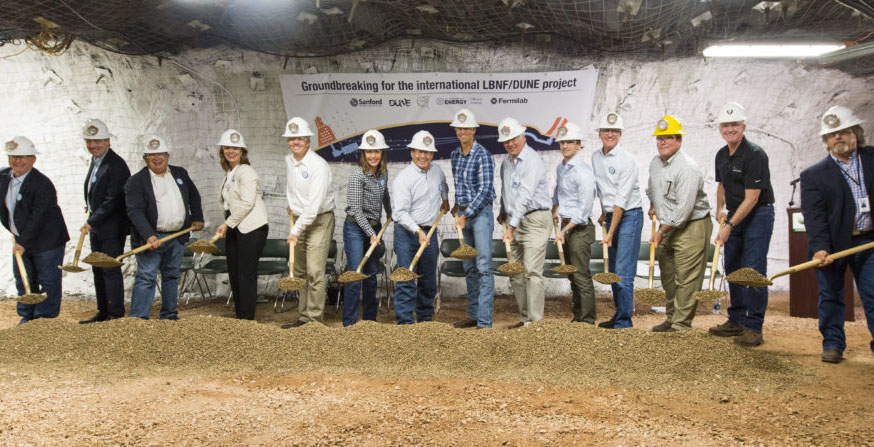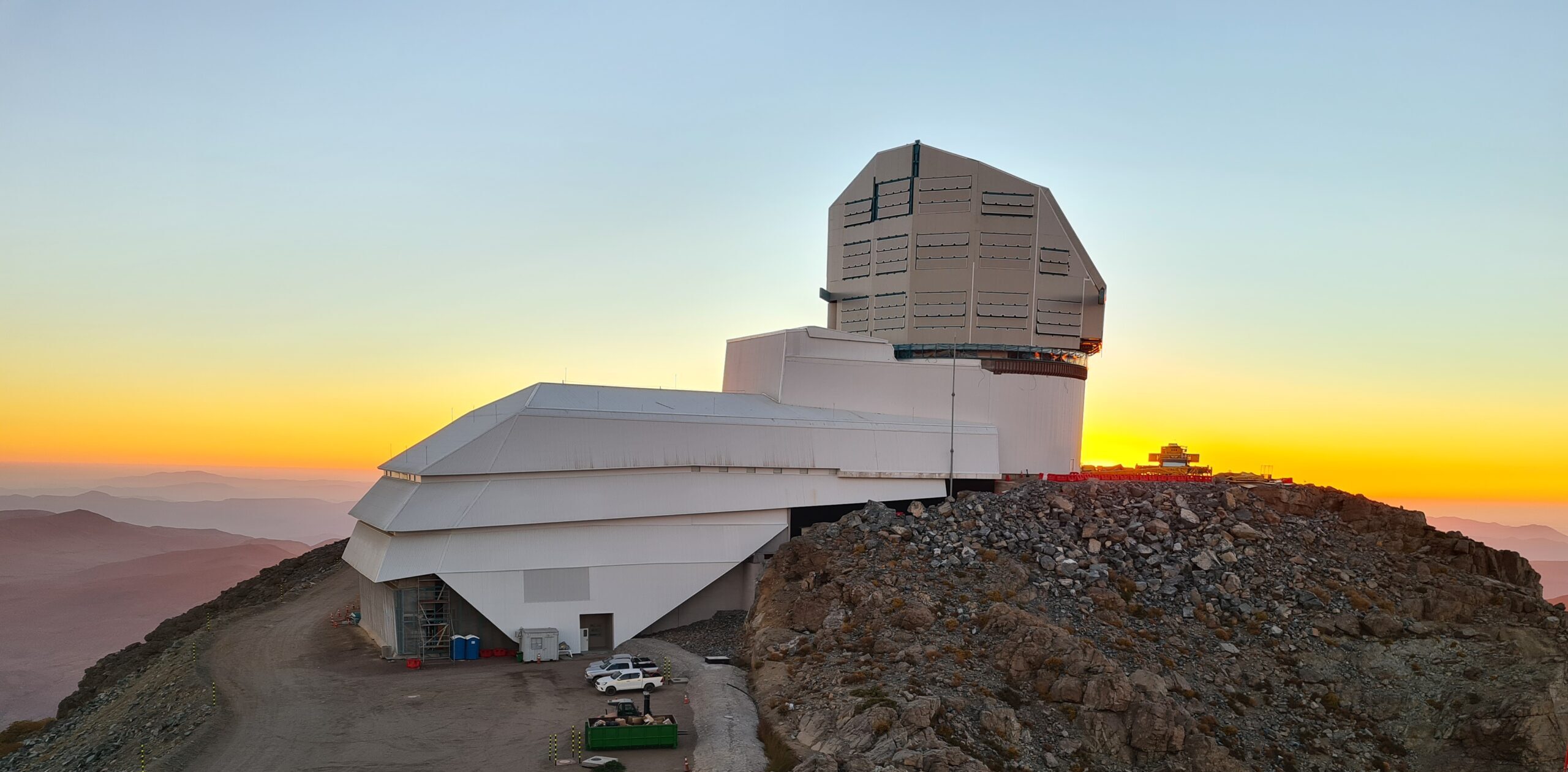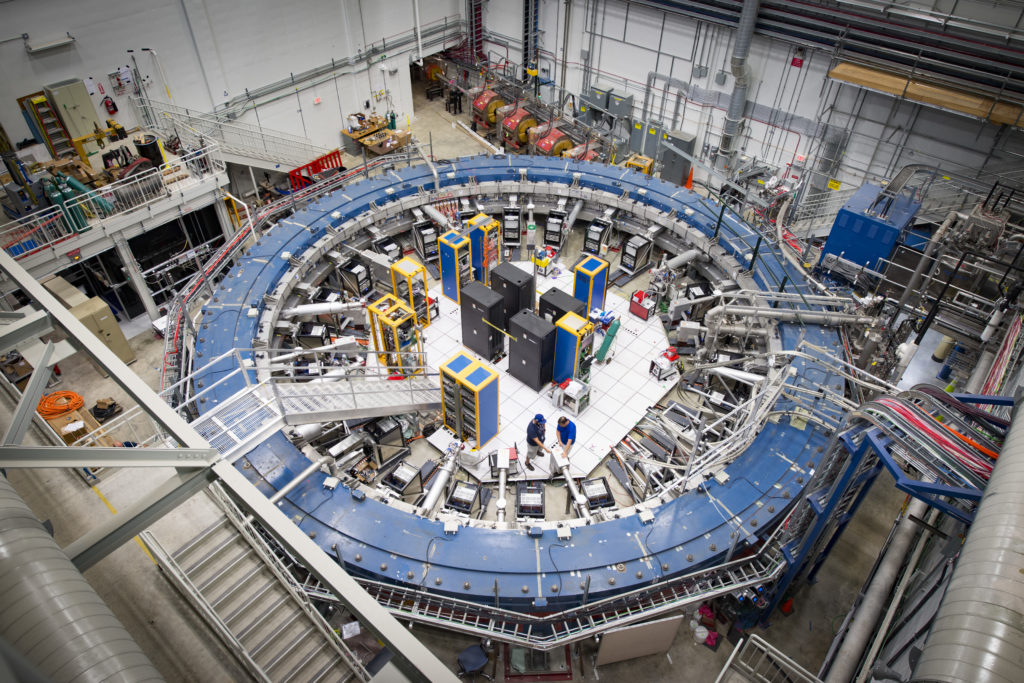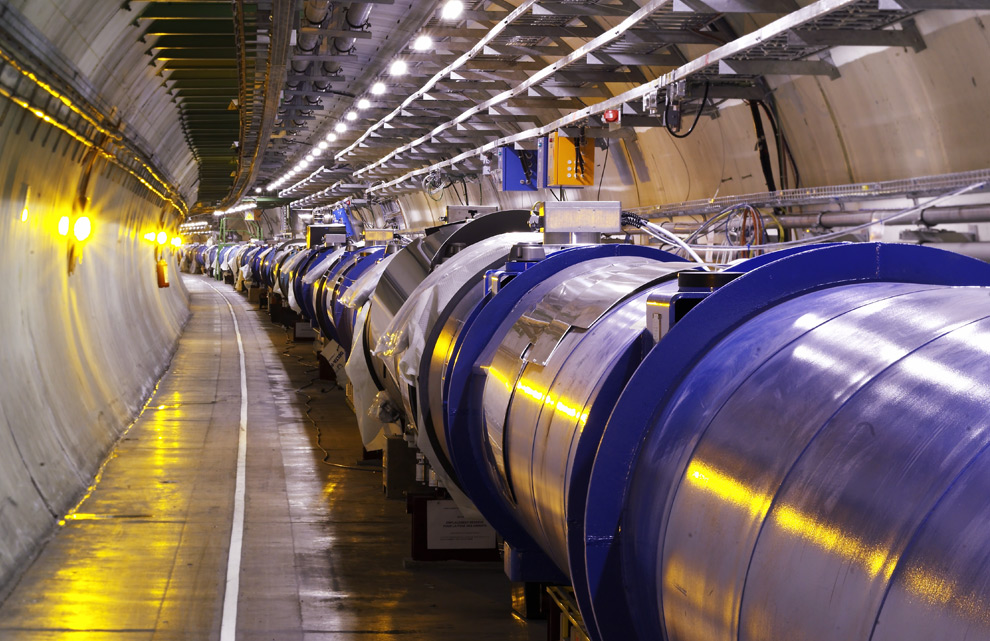The top three priorities in 2023
- Strengthen support for particle physics research at universities and national laboratories, which includes data analysis, R&D, design of new experiments, and a vibrant theory program. As emphasized in the P5 Report, these activities are essential for the success of the field. They are crucial for extracting scientific knowledge from all the great new data, developing new methods and ideas, maintaining U.S. leadership, and training the next generation of scientists and innovators.
- Advance the High-Luminosity LHC (HL-LHC) accelerator and ATLAS and CMS detector upgrade projects on schedule, continuing the highly successful LHC program and bilateral partnership with CERN.
- Advance the Long-Baseline Neutrino Facility (LBNF), Deep Underground Neutrino Experiment (DUNE), and Proton Improvement Plan II (PIP-II), working with international partners on the design, prototypes, initial site construction, and long-lead procurements.
These carefully chosen investments will enable a steady stream of exciting new results for many years to come and will maintain U.S. leadership in key areas.






